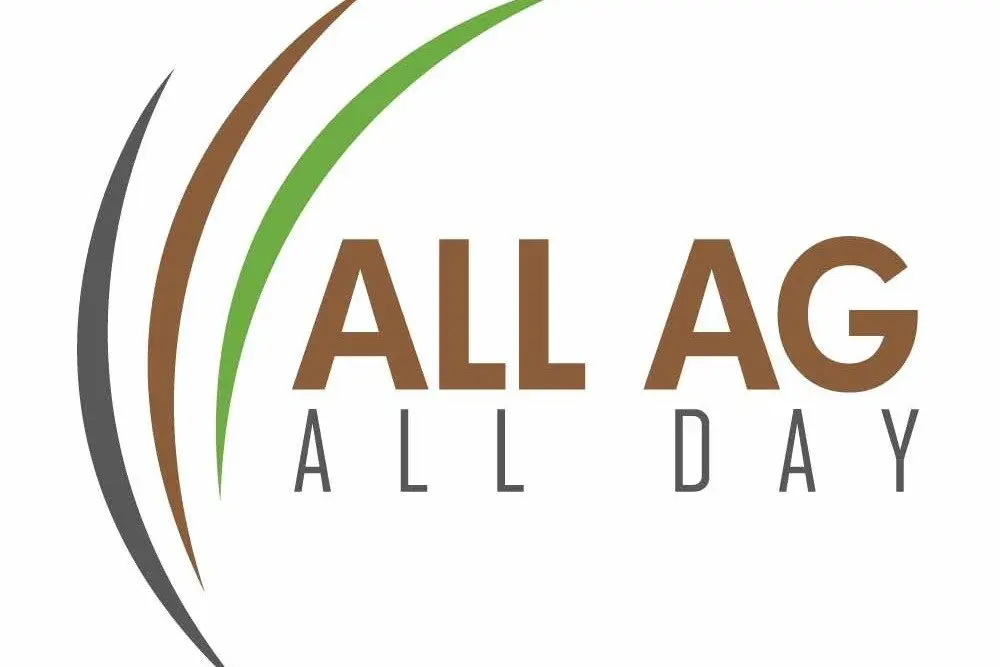
All Ag, All Day is the nation's only full-time farm radio station with studios in Floydada and Nashville, TN (www.AllAgNews.com)
New Screwworm Case Found Near U.S. Border
LUBBOCK, TX – Mexico has confirmed a fresh case of New World screwworm in Sabinas Hidalgo, Nuevo León, less than 70 miles from the U.S. border. The discovery marks the northernmost detection of the pest during this outbreak and poses the most significant threat yet to American cattle and livestock. Sabinas Hidalgo sits on the highway corridor linking Monterrey to Laredo, Texas, and is one of the busiest trade routes in the world.
U.S. Secretary of Agriculture Brooke Rollins said the Trump administration is executing a five-pronged national plan to prevent the parasite from entering the country. Since July, USDA and Mexican partners have monitored nearly 8,000 traps across Texas, Arizona, and New Mexico, analyzing more than 13,000 samples with no flies detected. Efforts include dispersing sterile screwworm flies, investing in new sterilization technologies, expanding surveillance, and increasing public awareness.
USDA has also closed ports to imports of cattle, bison, and horses from Mexico, while continuing to audit and support Mexico’s trapping and control efforts. Officials say more announcements are expected this week as USDA moves to protect livestock, wildlife, and the nation’s food supply.
Farm-Level Takeaway: Ranchers along the border should intensify monitoring of livestock wounds and report any suspicious signs immediately.
**********
Cattle On Feed Report Confirms Lower August Placements
WASHINGTON, DC – USDA’s monthly Cattle on Feed report showed 11.1 million head in U.S. feedlots with capacity of 1,000 head or more on September 1, 2025, down 1 percent from last year. Placements in August totaled 1.78 million head, 10 percent below the 2024 level, with net placements at 1.73 million. Marketings reached 1.57 million head, 14 percent lower year over year, marking the lowest August marketing level since the data series began in 1996.
Ahead of the report, analysts expected August placements to be between 88.6% and 93.4% of last year’s, averaging about 91.3%. USDA’s reported figure came in on the lower end of that range, underscoring a slowdown in feeder cattle availability. Contributing factors include fewer Mexican feeder imports, earlier marketing of lighter-weight calves, and a historically small beef cow herd. Other disappearance was 51,000 head, down 6 percent.
Farm-Level Takeaway: August placements and marketings confirm tighter fed cattle supplies heading into fall. Fewer cattle on feed suggest smaller slaughter numbers this winter, which could support strong prices if beef demand holds firm.
**********
WTO Tariff Disputes Raise Risks For U.S. Agriculture
GENEVA, SWITZERLAND – Global farm trade is bracing for fallout as higher U.S. tariffs trigger new disputes at the World Trade Organization. Brazil formally requested consultations with the U.S. on August 11, following earlier actions by Canada and China. The moves come as Washington reimposed an additional 10% duty on imports from all trading partners, with higher rates on about 70 products, including key agricultural goods.
Soybeans, rice, fruits, and vegetables are among the most exposed sectors. China has yet to make significant new U.S. soybean purchases, while Canada’s consumers are shifting away from U.S. rice. Fruit exporters from South Africa and Chile warn that higher U.S. barriers could result in millions of cartons of citrus, cherries, and blueberries going unsold. Analysts note that input costs for farm machinery, chemicals, and other essential supplies could also rise as tariffs are extended to equipment and imports critical for production.
Farm-Level Takeaway: Higher tariffs may shield some U.S. crops but risk retaliation, lost markets, and higher costs for growers. The WTO disputes highlight the fragile balance between trade policy, farm exports, and input supply chains.
**********
Dairy Output Rises While Prices And Margins Weaken
WASHINGTON, DC – USDA’s September Dairy Market Report shows U.S. milk production climbed 3% year-over-year this summer, with milk solids up nearly 4%. Substantial cow numbers and per-cow yields boosted supplies, while butter output rose 8% and cheddar production increased more than 8%. Despite growth, prices slipped as July’s all-milk average fell to $20.80 per hundredweight, down $2.00 from a year earlier. Feed costs also eased, but the Dairy Margin Coverage margin narrowed to $10.94.
On the demand side, domestic commercial use of all dairy products increased by 2.2%, driven by yogurt and skim milk powders, although cheese use declined by 2%. Exports accounted for 17.8% of milk solids, the highest share since 2023, with butter shipments increasing by 144% and cheddar exports rising by 83%. Imports remained below 4%, with both butter and cheese experiencing sharp declines.
Looking forward, USDA raised milk production forecasts through 2026 but trimmed Class III, Class IV, and all-milk price projections, citing continued heavy supply pressure.
Farm-Level Takeaway: Dairy farmers are expected to face strong output and export gains, but lower prices and tighter margins are likely to persist into next year.



